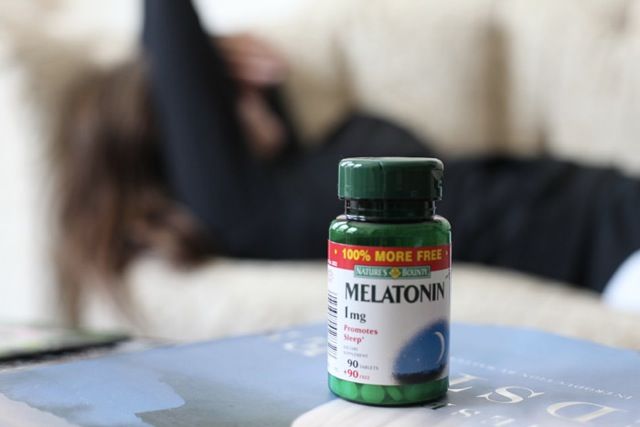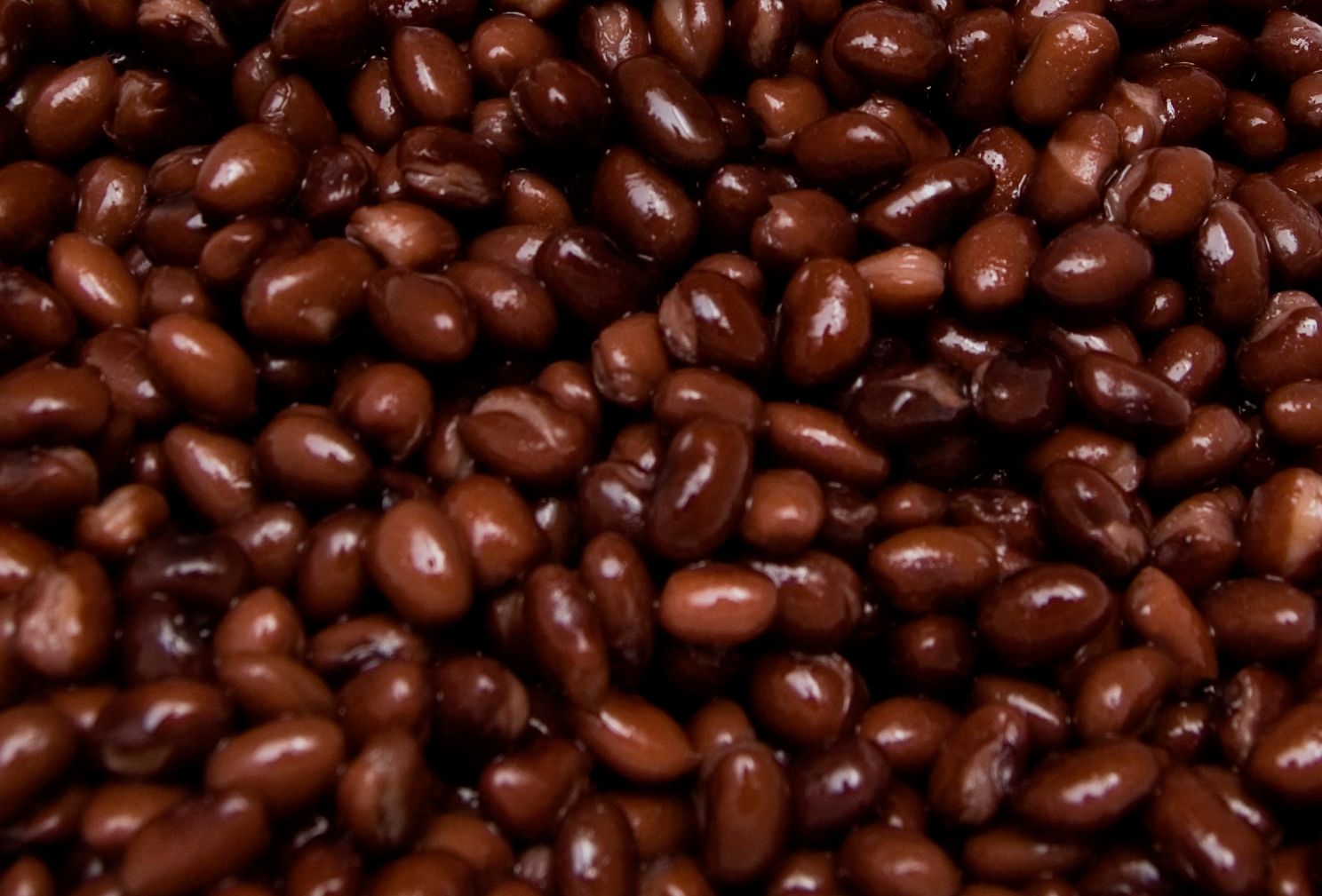
The Ultimate Lowdown on Arbutin: The Hyperpigmentation Holy Grail
- Sep 21, 2024
Can you believe the little bearberry plant is harbouring the mother of all skin-lightening crusaders, arbutin, behind its ominous scientific name Arctostaphylos uva-ursi? This awesome compound not only boots hyperpigmentation out the door but has an amusing affinity for taking the inflammatory piss at your skin problems.
Now, here's where it gets interesting, there are two types of arbutin for us to chat about – alpha-arbutin (α-arbutin) and beta-arbutin (β-arbutin). Both of these wine-to-be hydroquinone derivatives have a fancy way of configuring their molecules, which affects their performance in your skincare routine. Yep, it seems even in the world of skincare, it's the finer details that count.
Research says α-arbutin is the cool, underrated sibling that doesn't give a hoot about light or heat, making it stable AF and 10 times mightier than the comparatively weaker β-arbutin. Most skin care products have been churning out α-arbutin like there's no tomorrow because of its badass potency and stability. In short, this stuff brings the real deal to the table.
Remember this bozo called tyrosinase? It helps make melanin, the stuff that gives your skin its color. When UV rays being to play, tyrosinase activity rockets, whipping up more melanin-producing cells and contributing to hyperpigmentation. Acting like a stern headmaster, arbutin keeps tyrosinase in check, reducing melanin production and paving the path to a more uniform complexion.
Creams and serums that contain arbutin often have some sidekicks like niacinamide and other active ingredients present to boost its absorption and effectiveness. It typically takes booth-sized patience of 4 to 12 weeks to see visible results, but boy, the wait is worth it.
While arbutin is generally safe, some people may witness skin inflammation. Start with the trial version of a low concentration and check how your skin responds before diving into the paid version of higher concentrations. As with any new skincare, consult your derma-bestie (aka your dermatologist) before adding arbutin to your beauty routine, especially if you're already tackling melasma or other pigmentation issues.






